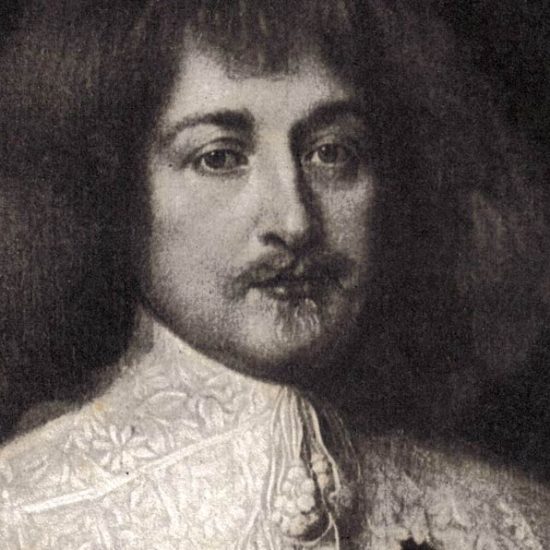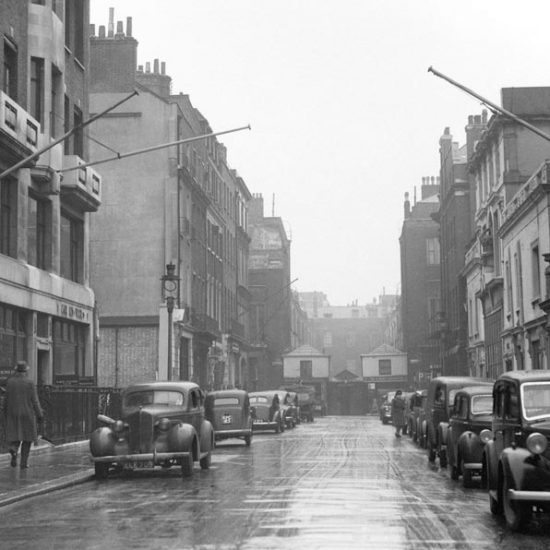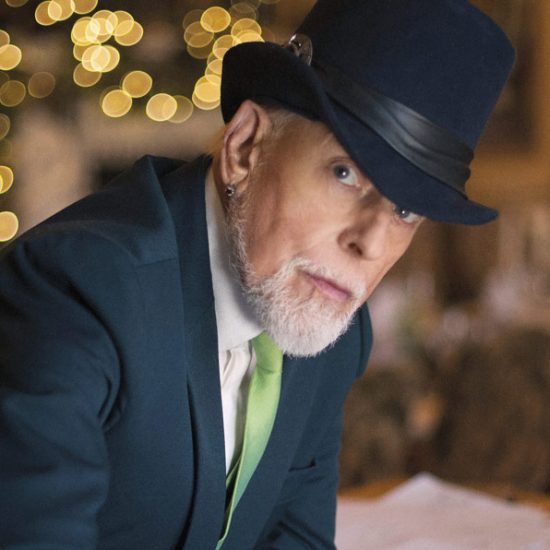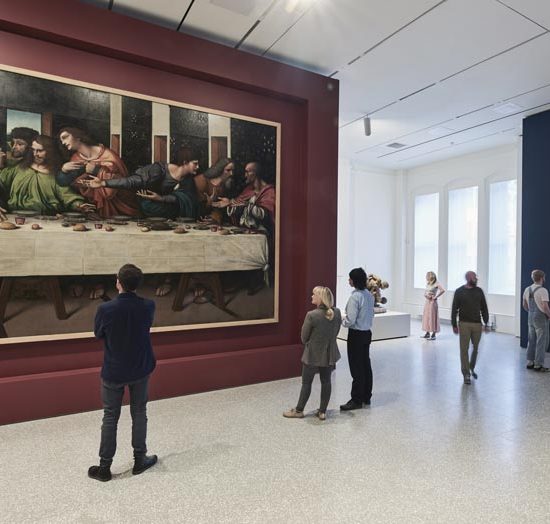
Robin Dutt celebrates the history of Mayfair nightclubs, from aristocratic Annabel’s to sexy, swinging Tramp.
In essence, London could be the only place on earth associated with the concept of “the club.” It created this night-time entity with a zeal which is internationally recognised and thronged to. The identity of a club and its sparkling denizens was and remains not British, not even English, but stands for London itself.
Annabel’s, Tramp, The Embassy and Titanic, for example, are emblematic names – along with a handful of others – even if some are consigned to history. The understanding of a club might be said to have found form in the St. James’s of the 18th century where the idea of being “apart” from society but with your “peers” took happy and healthy root. Who one knew, who one was – how much did you spend (or lose, which was no shame) are still hallmarks of today’s club scene. Arch froideur was a passport too, the dandy, Beau Brummell once exclaiming from the safety of his club’s bow window that he loved to see the ordinary people pass by in the rain.
The club is a sheltered world within a mass-populated one. The very word is thought to be traceable to the 17th century. Celebrated London clubs benefitted from the grand classical nature of the mostly one-time grand family houses they occupied. Every club wants to have that crucial slice of the social cake. As Bryan Ferry, who made the song The ‘In’ Crowd so famous, sang:
“I’m in with the in crowd
I go where the in crowd goes
I’m in with the in crowd
And I know what the in crowd know”
But the song might be said to have in equal measure, irony, and sarcasm when he adds, “Looking flash, talking trash…”
And yet, this is part of the whole purpose. Long-standing, even generational and loyal members might be culled to make way for the new blood. It’s as draconian as that.
Take me to Bel’s
Annabel’s began in 1963 in a Mayfair basement. Historian Harry Mount writing in the Daily Telegraph, quotes celebrity interior designer and socialite Nicky Haslam as saying how he had been asked to cover the opening party by one Diana Vreeland for Vogue. He recalls the aristo-mantra at the time by the debutantes, “Take me to Bel’s.” It is worth remembering that Annabel’s remains the only club that HM The Queen has visited for a cocktail. Basement coal hole as it surely was, it was a magnet. Elizabeth Taylor, Diana Ross, George Hamilton, Princess Diana. Everyone in the know, simply knew.
“Once people had made it in London, everyone went to clubs – sportsmen, pop stars, actors. Anybody who was anybody, went to Annabel’s,” says one-time regular, property developer David Green.
Jackie Branston, another habitué, recalls the ladies at Annabel’s clearly: “Women dressed like women – stylish, sexy, international – something quite unique that has never been repeated. You always went to Annabel’s first and ended up at Tramp. Johnny Gold [Tramp founder] was the perfect host.”
And it is David Green again who remembers the cheeky signage there: “No Bird, No Tramp.” That’s why the girls went to Morton’s to pick up fellas, to go on to Tramp. The regime was that you went to Mortons, then to Tramp.
Art dealer and collector James Birch recalls his London clubland vividly, going to Annabel’s and Tramp “a lot” with his friend, Daisy Borman. Prior to that, it was The Embassy for him, sometimes every night, although he cites it as “a poor man’s Studio 54”. Tramp, he says, “always used to have a morose George Best sitting there, not speaking. There was always the Maître D – Guido – who liked to share a joke with you”.
Tramp regulars included, from the early days, Peter Sellers, Joan Collins, Liza Minelli and Ringo Starr and they all had their wedding receptions there. Founded in 1969, it is considered to be one of the most exclusive clubs in the world. But the fact that London’s clubland was and remains same and different saw a criss-crossing of its selected clientele, however loyal they might be.
Embassy was started by Mark Fuller and he was vocal a couple of years ago when he lampooned the greed of some of the London club owners who have, he told the Evening Standard, “have killed our industry”. He cited free drinks and the hiring of attractive women as a disastrous move by some establishments.
And it is certainly not all roses for one-time club goer Demir Mustafa, whose views might in some way chime with Fuller’s. Mustafa points to the pretentious nature of certain establishments, their emphasis on celebrity – even saying pointedly that one (remaining nameless, naturellement) is “full of people who have an overinflated view of themselves”. He describes another venue as “dark, pretentious and unnecessary – a place one goes to merely tell others”.
But then, an exclusive club might be a circus ring or a psychiatry wing at the same time. Who are the players, who is the audience?
Andy Warhol certainly understood celebrity in a prescient way. He understood people’s hunger for it, their abject need for it. Clubs were – and are – ready stages for spangled performances; the manufactured reality more important than reality itself. When I interviewed him a year or so before his death, famed for his celebrity pop portraits and snaps at Studio 54 and clubland in general, of all the beautiful people, I met him in a London gallery. There were vast queues for his autograph – scrawled on paper, proffered jeans, catalogues – anything. To hold celebrity or a snatch of it, is to be rewarded, somehow, to some. As Bryan Ferry put it in the song, “You ain’t been nowhere till you’ve been with the in-crowd.”






